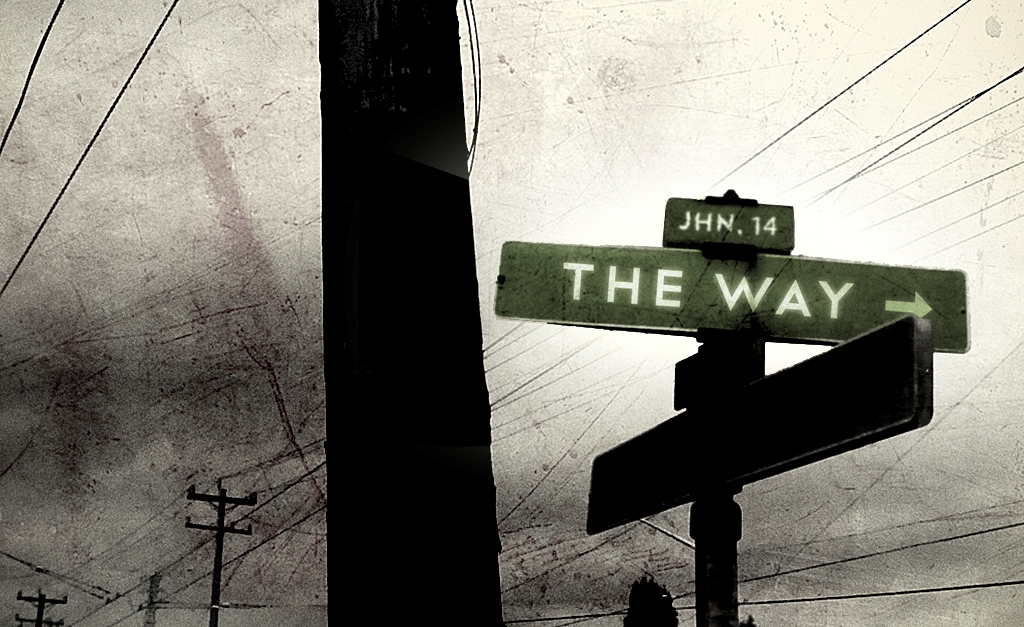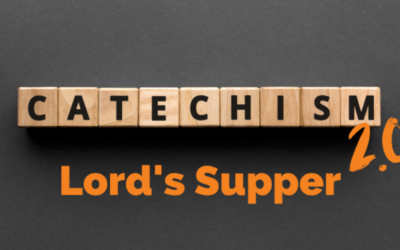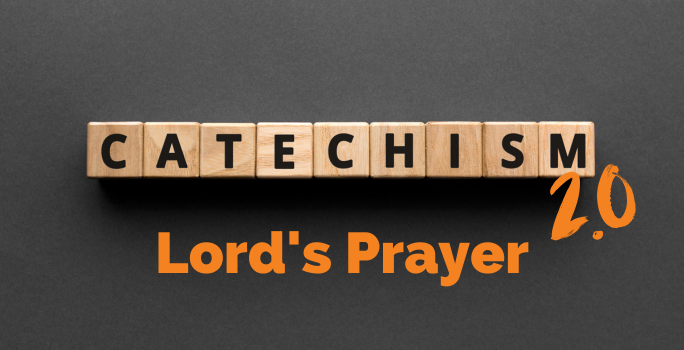Download a PDF of the Bible Study: Is There More Than One Way to Get to God?
Introductory Experience: “Many paths, One Destination”
Get a map of your town, city, etc. and pick a place on the map as a destination point. Highlight that part of the map and post it in a visible area. Ask students to outline the various ways to get to that destination point from the church. Have each student (or team of students) use a different color highlighter in order to differentiate the different locations.
Alternate Version: Have students use the GPS apps on their phones and give them a destination address to plug in. Ask them to mark the starting location as the church. Mark those directions on a posted map. If there are different ways that come up, highlight those different areas with different colored highlighters.
Questions:
- In looking at the map, which of these routes is the most direct path to the marked destination? Which path is the most indirect path?
- Why do people typically want the most direct path to a location?
- What might be some reasons that a person may not want the most direct path?
Say: People in today’s world talk a lot about spirituality and paths to God. You might even have heard people talk about this in your school, in films on the internet, etc.. You might have also seen this bumper sticker on cars. (Show them a picture of the famous “Coexist” bumper sticker.)
Questions:
- What do you think this bumper sticker is trying to communicate?
(Note: For some the bumper sticker seeks to communicate a message of cooperation since we all need to live together in this world. For others the message seeks to also communicate that cooperation, or “coexistence,” is due to building upon that which unites us versus that which divides us, which can include a religious pluralistic interpretation [i.e. “All paths lead to God.”].) - What do people mean by the statement that “All paths lead to God”?
- What do you think are some motivating reasons behind believing this statement?
Read: Exodus 3:13-14 and John 14:6
- What is God’s revealed name in the Exodus text and how does this connect to what Jesus said in John 14:6?
(Note: Many biblical scholars have noted that the seven “I AM” statements in John’s Gospel reflect this important revealed truth by God to Moses. “I AM” also translates to Yahweh, which is the special covenantal name that God uses in the Bible. It is also interesting to note that God’s revealing of His special covenantal name coincides with God revealing His mission of redemption.) - How does the claim to Godhood correspond to the claims to being “the way, the truth and the life”?
- What does Jesus say about a person’s access to God the Father? How does this challenge the belief that there are many paths to God?
Spiritual Mountain Climbing:
Say: When people talk about there being multiple paths to God they often use the image of a mountain. They talk about how some mountains have multiple trails to get to the top (like talking multiple routes, on our map, to get to the same destination). Think about what they are saying with this analogy: Who is doing the climbing?
Getting to God on our own?
Read: Luke 10:25-28
- What question did the lawyer ask of Jesus? Why is this significant regarding how Jesus answers this question?
(Note: The lawyer asks Jesus what he can do to inherit eternal life, and not how he can receive eternal life. Jesus very plainly responds to how he gets eternal life.) - So according to Jesus if you want to tread your own path to God you need to live His law perfectly. Why is it impossible for us to do this?
Read: Luke 10:29
- Why was the lawyer trying to justify himself to Jesus?
- Why do people try to twist the law into an easy thing to do?
Read: John 1:1-5, 14-18
- Who is the “Word”? How do we know that John is talking about Jesus here?
- According to these verses what did the Word come to do?
- Note the direction in this passage. Who comes to whom? How does this contrast with the mountain climbing analogy?
Say: When you compare the religions of the world to Christianity or even popular “spiritual” beliefs you quickly realize one major difference. Christianity makes the claim that we cannot make our own path to God because of our sinfulness; rather, it is God who has come down to us. He has made His own path to us.
Read: 2 Corinthians 5:21
- What was the reason that God became man?
- Think about this for a moment. God, the Creator of the universe, takes on our human flesh, our sinfulness and our death upon the cross. What does this say about God and His care, concern and love for us?
- Since we cannot get to God on our own what does it say about a God who comes to meet us where we are at?
Mapping it out!
Turn back to your posted map and take a red marker and draw a large cross on the map.
Say: The “All paths to God” belief may be attractive in a post-9/11 “coexist” bumper sticker world, yet looking at it logically it does not hold water, because people believe different things about how one gets to God, as well as who that God is. More importantly it doesn’t hold water, because God’s Word says that Jesus is the only way to the Father. Belief in God the Son and His redemptive work for us is what gets us access to God the Father. While Jesus describes this as the “narrow path,” it is indeed a narrow path that is open to all people. Christ died for all people. That means that He died not only for you and for me, but for the Muslim student who sits next to you in Math class, and that atheistic youth who is on your track team. Yet it is only through faith that Christ’s universal death and resurrection is personally applied to us. Without faith there is no salvation, which is why we need to share this story of redemption with all the “neighbors” in our midst. God uniquely uses us to be ambassadors of His gospel to the world.
Application Discussion:
The following are some questions you can ask to spur on further dialogue:
- What challenges do we Christians face with sharing our unique Jesus-only message to a world that wants to believe in multiple paths?
- How can we be sensitive to where people are at while at the same time being bold in our witness of a Jesus-only message?
- In using the mountain path analogy, how might we creatively turn that analogy around?
Important Apologetic Resource:
Logical argumentation is an important “God-given” resource for us to use in our dialogue with other people. True reason has its limitations, and yet we acknowledge with Luther in his discussion on the first article of the Apostles’ Creed in the catechism that God has gifted me with reason. The religious pluralistic argument is in many ways an easy argument to defeat from a logical standpoint. Even non-Christians recognize that people cannot realistically embrace this stance (see for instance Stephen Prothero’s work God is Not One: The Eight Rival Religions that Run the World – and Why Their Differences Matter). You may want to consider, as an extension of this lesson, either spending another Bible study time reviewing some of the basic teachings of other religions (Wikipedia is very helpful here) to show their major differences, or plan out multiple weeks of looking at individual religions. At the end of that time your students will see for themselves that not all religions believe the same thing about how to get to “God” and who “God” is. At this point you can talk about the “law of non-contradiction” which argues, for example, that Jesus cannot both be God, and not-God. Christians state that Jesus is God, and Muslims argue that He is not. When someone takes up the stance that all religions get us to God they are making a self-defeating argument, because with just a basic investigation into the various religious beliefs it is easy to see they are not saying the same thing.









0 Comments